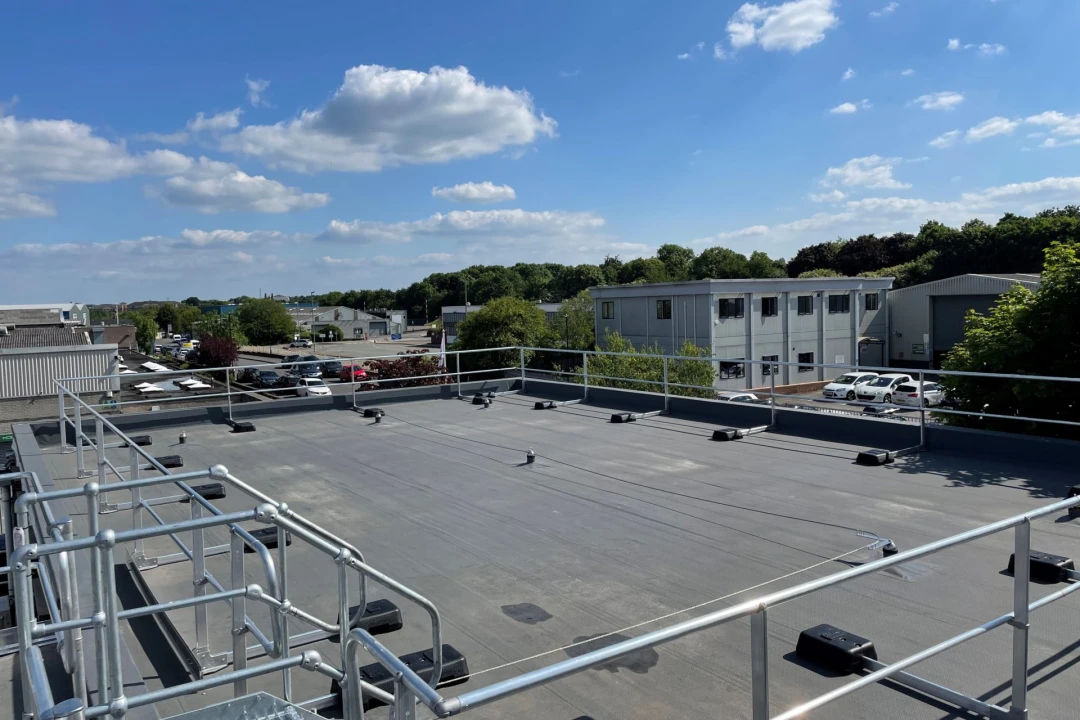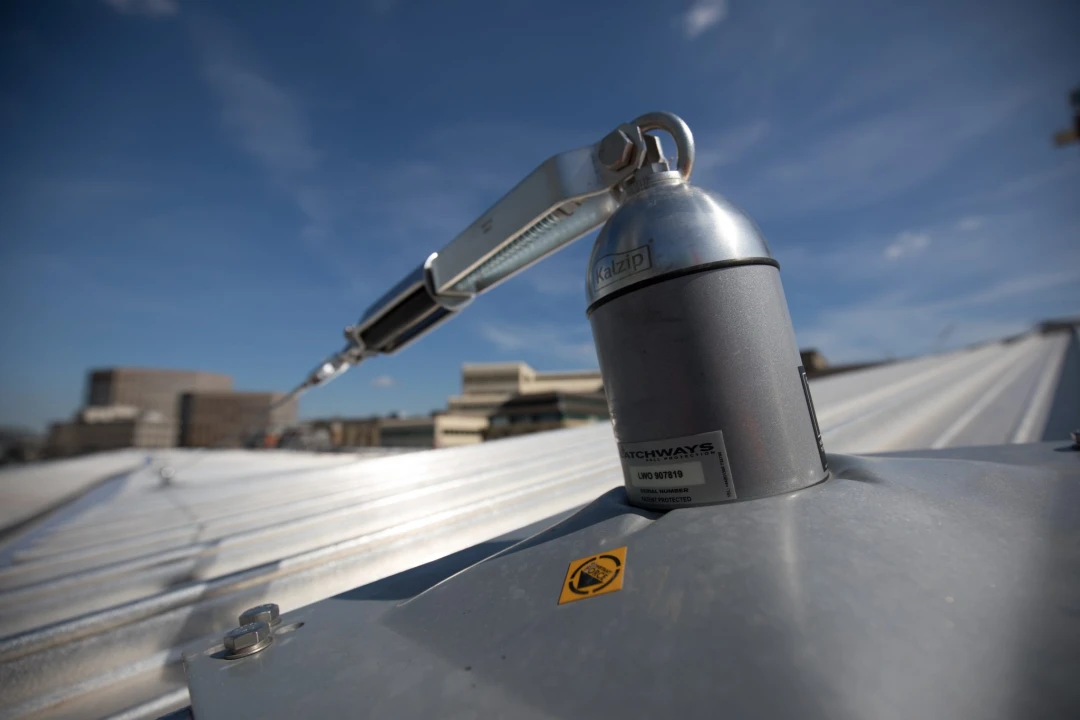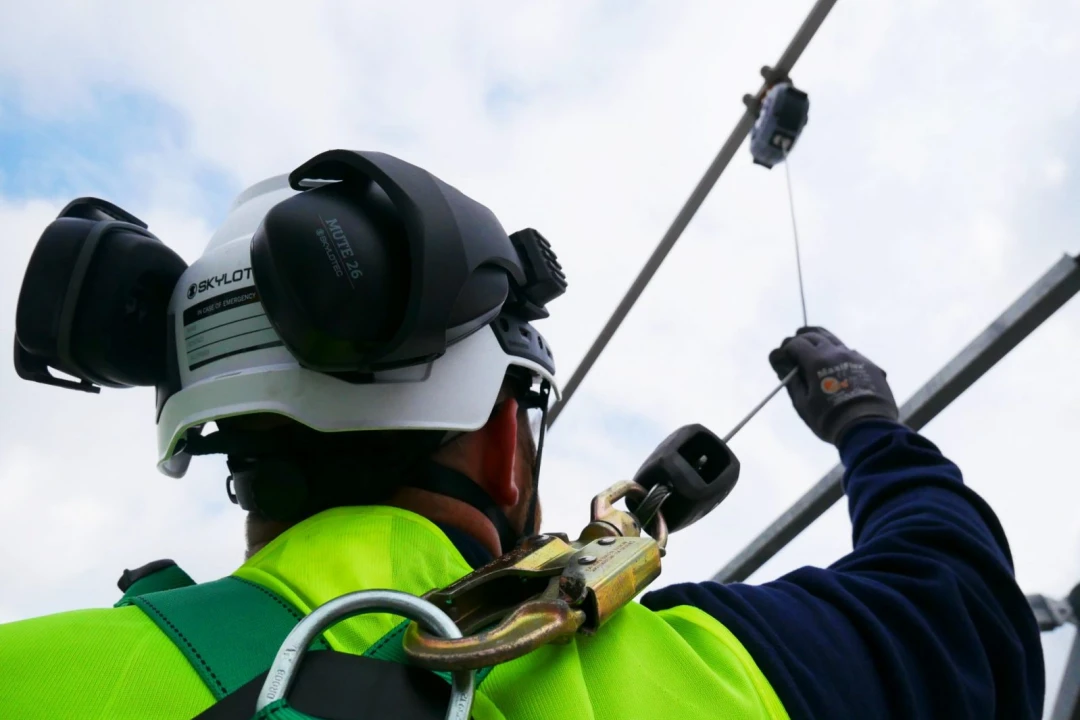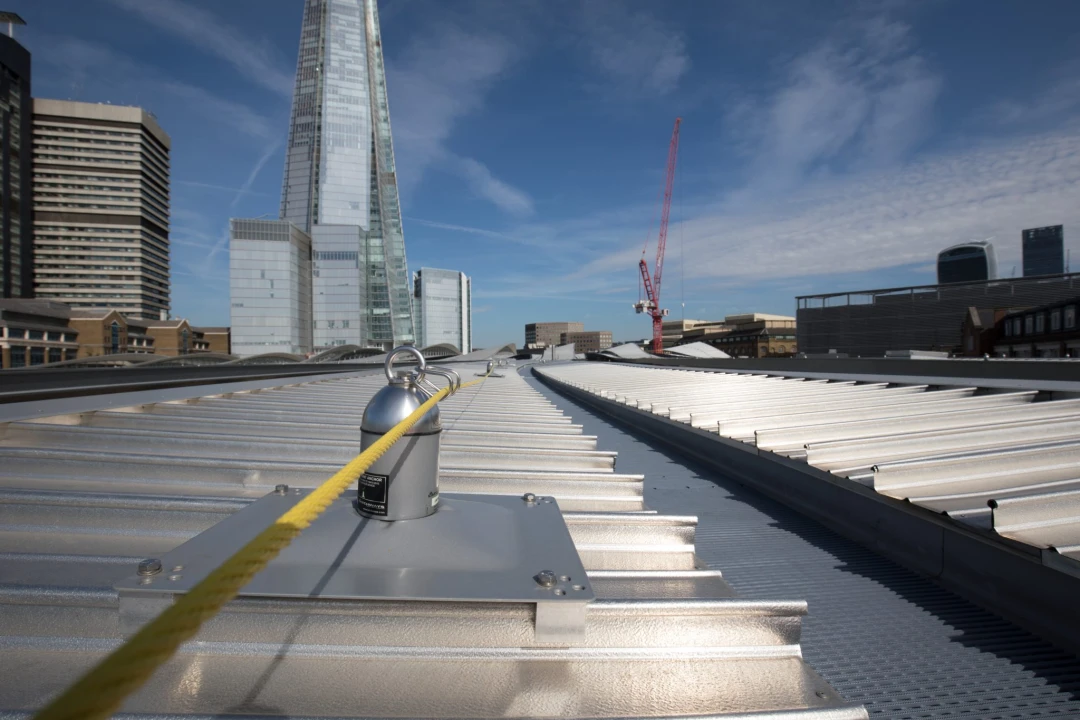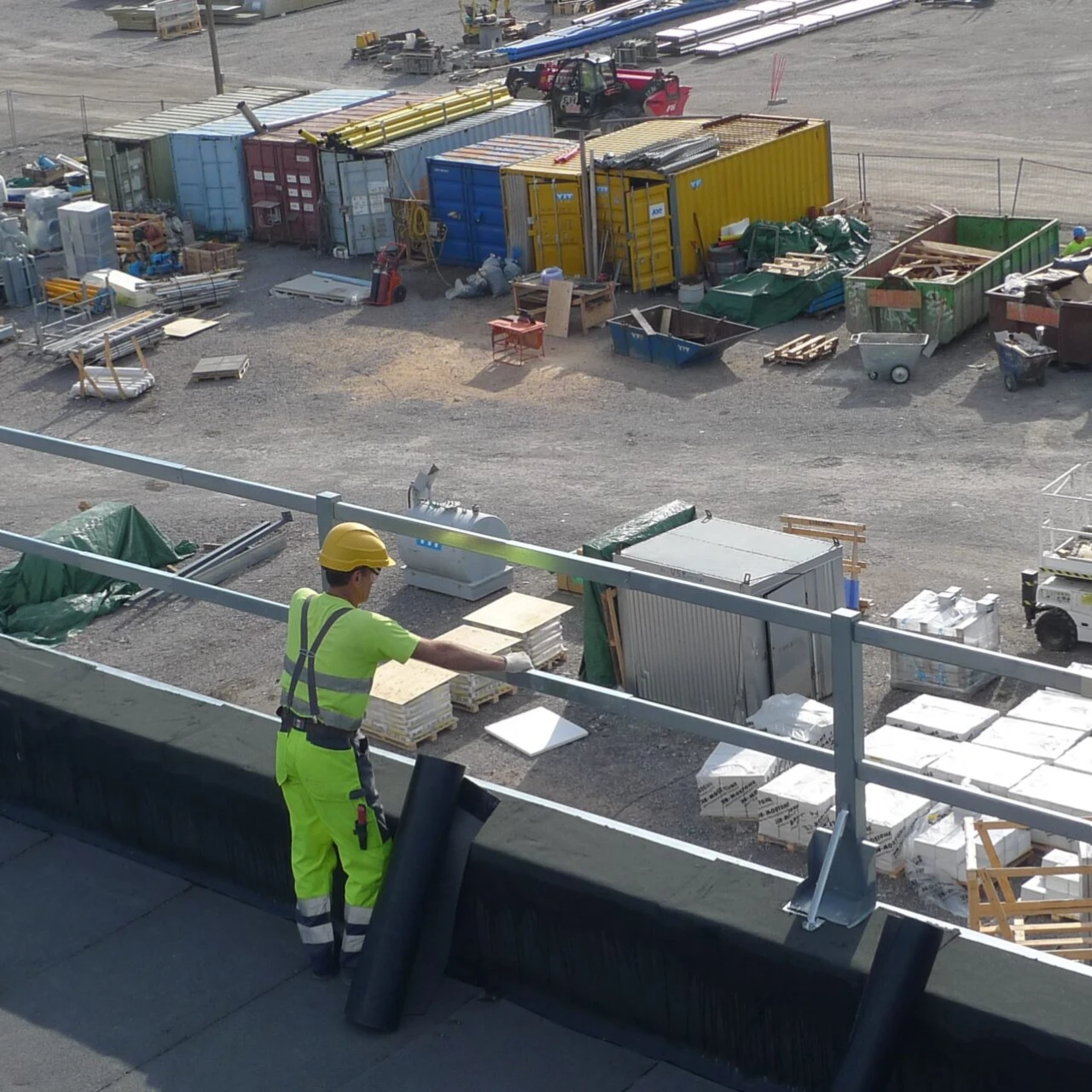

- Knowledge Base
- Blog
- Falls from height on construction sites
Falls from height on construction sites
According to the most recent report, the construction industry had the second-highest number of fatalities during the majority of last year, with the services sector having the highest.
10 of the 24 construction-related deaths listed in Workplace Fatal Injuries in Great Britain, 2022 (hse.gov.uk) report were caused by falls from height.
While the overall number of deaths on site has remained relatively stable in comparison to previous years, the percentage attributed to falls from heights has increased.
Based on the HSE’s records, 39 construction workers died while working on site between April 2020 and March 2021, with 25% of them falling from height.
In the most recent data set, falls from great heights accounted for 41% of construction worker deaths.
Statistics indicate that although there have been fewer fatalities in recent years, the risk of falling from a height continues to be the greatest, necessitating more relevant and continuous training when working at heights.
In addition to adequate training and qualifications when working at heights, better selection of the correct personal protection equipment (PPE) should be prioritised.
The risk of injury or death when working at heights can be significantly reduced by using the specified PPE on site that is regularly inspected and by adhering to current safety guidelines.
It is generally accepted by governing bodies that the hierarchy of fall protection should provide the starting point for considering what type of fall protection system is required. The hierarchy focuses on 3 key areas:
Eliminate the risk
Guard the hazard (Collective Protection)
Protect the worker (Personal Protection)
Whenever it is not possible to eliminate the risk, solutions such as fall arrest systems, roof anchor systems, and roof edge protection are types of fall protection systems to protect those working at height.
Here is a brief description of a few examples of working at height fall protection solutions offered by Eurosafe to help you understand their specific purpose.
Roof Edge Protection
The HSE advises adding Roof Edge Protection to rooftops to increase height safety. This frequently includes handrails and guardrails, which are intended to stop people from falling off the edge of a building and thereby avert injury or death.
Guardrails
Temporary or permanent system used to prevent falls among workers working at height.
Does not require the worker to be trained to use, inspect, and wear a fall protection system.
Handrails
Keep workers from falling off stairways, platforms, walkways, or landings.
Guarantee effective operations, safety, and the lowest costs if installed and maintained properly.
In the working at height market, there are three different types of edge protection:
Fixed Guardrail and Handrail
Freestanding Guardrail and Handrail
Collapsible Guardrail and Handrail
Personal systems and collective roof edge protection must both undergo routine inspections. The systems must be examined by a qualified third party at least once a year to make sure they are still safe to use. The documentation will give reassurance that the equipment has been tested and examined as part of a premises’ commitment to providing a safe working environment.
Fall Restraint/Arrest Systems
Protection from falls is provided by fall arrest systems, which halt the fall before you reach the ground.
These systems use a body-holding device connected to a strong anchor to arrest and restrict falls, limiting forces on the body and preventing collisions with the ground or other objects.
For workers at height who are not sufficiently protected by a barrier, restraint, or other protective apparatus, fall arrest systems are required in every jurisdiction with a developed occupational safety programme.
Roof Anchor System
Roof anchors provide an anchoring point for a connecting device such as a lanyard or SRL when working at height. Depending on the style and composition of the roof, mounting options vary. Roofers and maintenance staff both use roof anchors.
Every time an anchor is exposed to a fall, it should be inspected and replaced.

